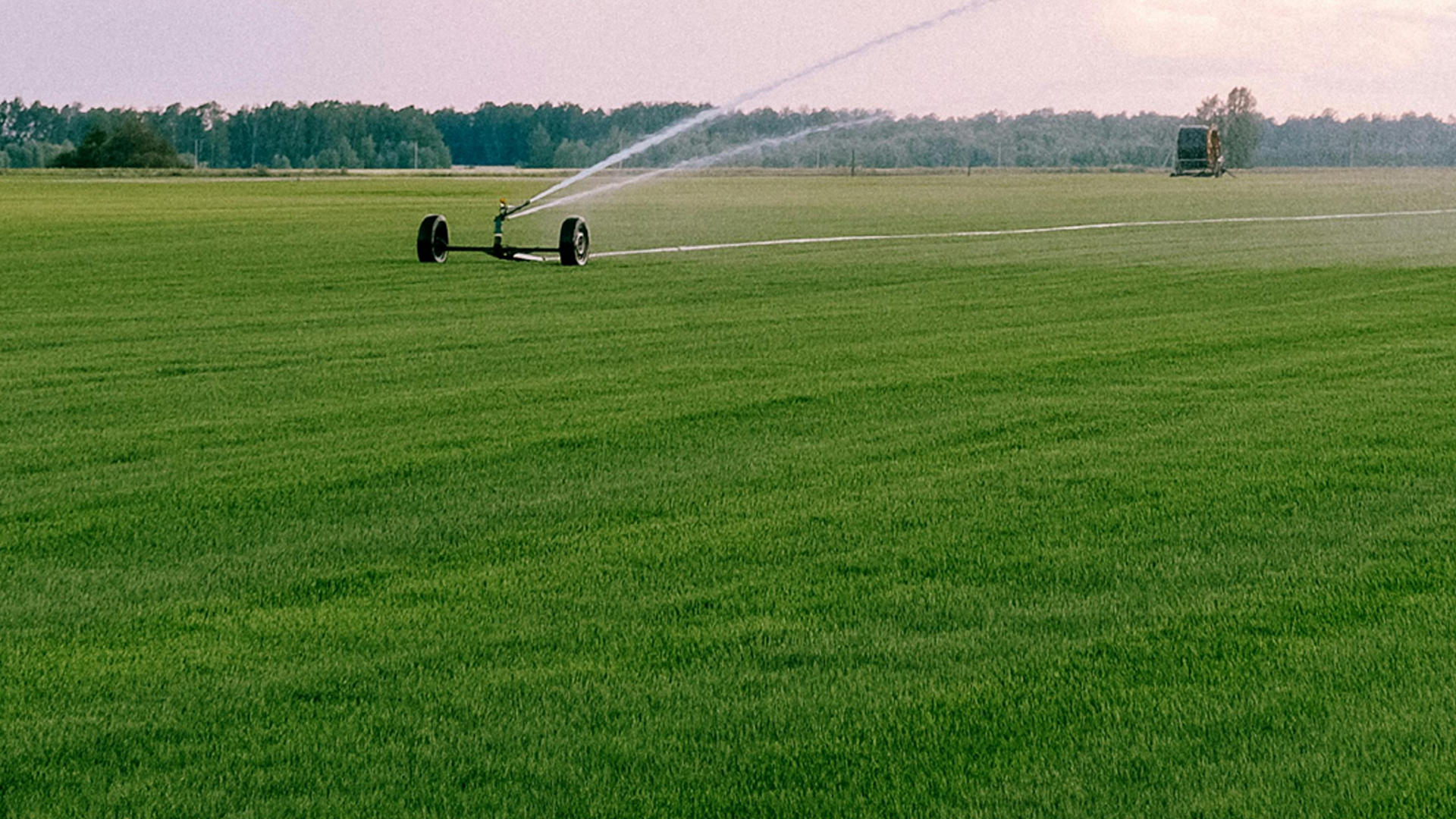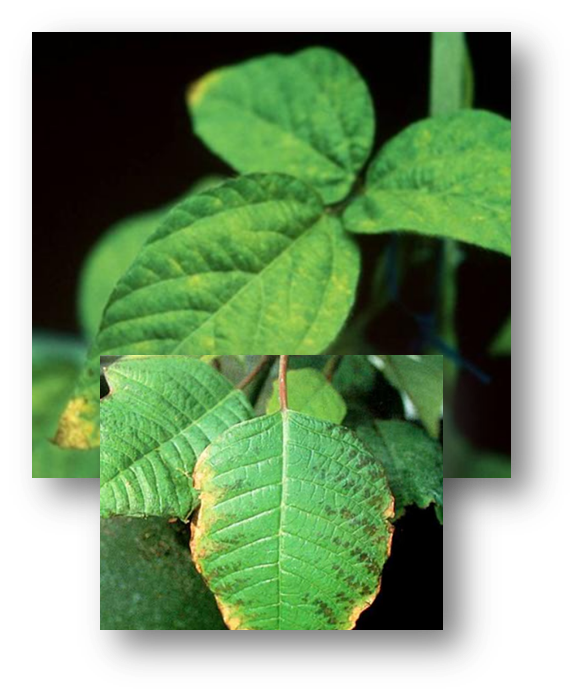
KNOW MORE

Nickel (Ni) was added to the list of essential plant nutrients late in the 20th century.
Plants absorb Ni as the divalent cation Ni⁺². It is required in very small amounts, with the critical level appearing to be about 1.1 parts per million. No Nickel deficiencies have been observed under crop-growing conditions, but in crop research settings, ag scientists have reproduced deficiency symptoms such as chlorosis of young leaves and dead meristematic tissue. Nickel deficiency has been observed in some nursery plants and tree crops. Affected trees develop mouse-ear, a condition marked by small, curled leaves and stunted growth. Nickel is a component of the urease enzyme and is, therefore, necessary for the conversion of urea to ammonia (NH₃) in plant tissue, making it important in plant nitrogen (N) metabolism. Symptoms of deficiency can vary across crop species, but similarities exist for how nutrient insufficiency impacts plant tissue color and appearance. Nutrient deficiencies are commonly associated with the physical location on the plant (i.e., whether the symptoms are primarily observed on older versus newly formed plant tissue), but these symptoms can spread as the severity of the deficiency progresses.NICKEL
Nickel Absorption
Crop Deficiencies
Tree Deficiencies
Plant Nitrogen (N) Metabolism
Nickel deficiency symptoms
PLANTAUX
MICRO-NUTRIENT

PLANTAUX
MACRONUTRIENT

PLANTAUX
SECONDARY NUTRIENT

PLANTAUX
BIO-FERTILIZERS / BIO-CONTROL AGENTS
Always read and follow label directions. . Results may vary depending on soil, climate or other conditions.
© 2024.All rights reserved. PLANTAUX.




























